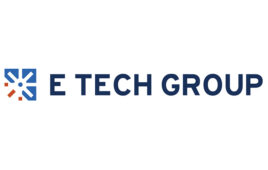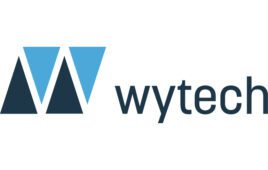If EtO industry actors take certain targeted steps now, they can minimize legal exposure, more efficiently manage litigation and be better situated for compliance once new federal regulations are established.
Karen Cullinane, Goldberg Segalla

Ethylene oxide
The use of ethylene oxide (EtO) to sterilize medical devices came under renewed scrutiny after the Environmental Protection Agency concluded in 2016 that EtO gas was even more carcinogenic than previously thought.
During the last few years, in particular, an explosion of lawsuits filed against sterilization companies have alleged that regular exposure to the plants’ EtO emissions caused cancer in individuals who live or work in the vicinity. Sterilization plants have also faced state actions while the medtech industry has braced for more aggressive federal oversight and stringent regulation of EtO use and emissions.
The COVID-19 pandemic gave rise to an urgent need for the rapid sterilization of medical equipment required to battle the virus, delaying the expected increase in EPA regulatory oversight of EtO. With a new administration seeking to prioritize an environmental justice agenda, however, the prospect of renewed regulatory focus on EtO emissions is more likely than ever, even if the timeline remains uncertain.
Accordingly, medtech companies and the facilities that produce and use EtO should undertake data-driven assessments to minimize risk, and work to create new regulations and adapt their operations to comply with more rigorous oversight. If EtO industry actors take certain targeted steps now, they can minimize legal exposure, more efficiently manage litigation and be better situated for compliance once new federal EtO regulations are established.
Know your neighbors
Given the thousands of individual personal injury lawsuits and class actions already pending against EtO sterilization plants throughout the U.S., any given plant’s first priority is to preempt or diminish the costs of litigation. First, EtO plant officials should learn what the neighboring community is like and what its needs are. Doing so makes it easier to eliminate immediately identifiable risks. For example, consider discussing options for early resolution with a community member with a particularly debilitating cancer diagnosis who otherwise would be an outspoken, visible opponent of continued plant operations and especially likely to attract media attention — and, therefore, a flurry of lawsuits.
Here are some other questions to consider:
- What are the demographics and history of the surrounding community?
- Are there existing studies of latency illnesses and cancers in the area?
- How do the community’s health statistics and cancer rates compare with those in areas that do not have an EtO facility in their midst?
- Would it help to conduct an epidemiological survey of the surrounding community and cancer incidences in anticipation of litigation?
- Is the plant’s owner or parent company a good corporate citizen that contributes to the community’s general well-being and profitability and communicates effectively and accessibly?
- Can you offer creative and compensatory measures to affected residents to head off lawsuits that could snowball into litigation that is more visible?
Knowing the answers to these questions may prevent a lawsuit or diminish its value later.
Power in numbers
In anticipation of litigation, take honest stock of prior and current air monitoring data at the facility. Is the data in compliance with existing state regulations and the federal Clean Air Act? Consider also whether to retain chemical, industrial hygiene and engineering experts who can discern trends that plants should halt, recommend practices and equipment that can lead to improved data, and evaluate systemic weaknesses that result in fugitive emissions that must be immediately mitigated. Also consider consulting with an expert on how existing equipment can be adapted or modified to increase efficiency and promote safety to meet the requirements of tougher regulations and requirements.
Be proactive
Beyond taking stock of its own actions and their effect on surrounding communities, the EtO industry can better prepare for stronger federal and congressional oversight by being involved in the regulatory process.
For instance, throughout 2020, there were a number of question-and-answer presentations, committee hearings and public comment sessions about new EtO regulations. These are not only opportunities to participate in developing new regulations and compliance measures, but can help industry efforts to educate both regulators and the American public about the life-saving value of medical devices, particularly in the shadow of COVID-19, and the difficulty in finding an alternative sterilizing agent as effective as EtO.
It is critical for industry players to communicate what is practically feasible so the federal government can consider this before enacting new EtO regulations. These actions can also help EtO entities to develop a better idea of which new or modified regulations are most likely and to prepare best business practices and compliance and safety plans.
EtO stakeholders would benefit from diligently keeping track of and participating in every agency or congressional event to have a more meaningful role in shaping a regulatory landscape that is safe, reasonable and fairly accounts for the risks and costly investments of industry actors.
Karen Cullinane is a partner in the Toxic Tort & Environmental Law practice group at Goldberg Segalla, LLP, and is based in Goldberg’s Manhattan office.
The opinions expressed in this blog post are the author’s only and do not necessarily reflect those of Medical Design and Outsourcing or its employees.




